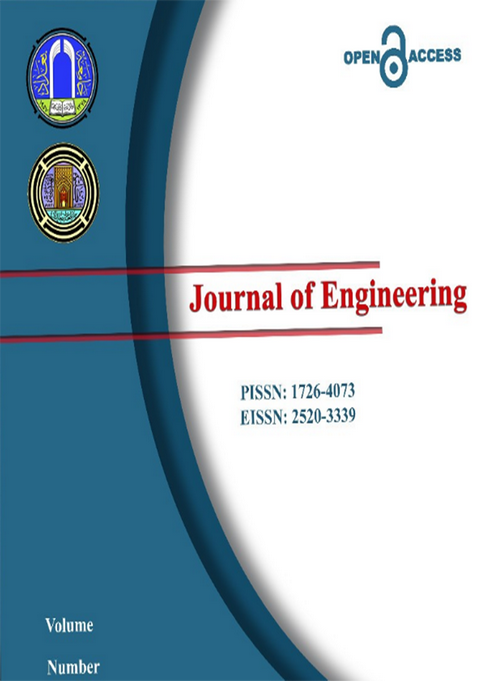Abstract
Exposure to cryogenic liquids can significantly impact the petrophysical properties of rock,
affecting its density, porosity, permeability, and elastic properties. These effects can have
important implications for various applications, including oil and gas production and carbon
sequestration. Cryogenic liquid fracturing is a promising alternative to traditional hydraulic
fracturing for exploiting unconventional oil and gas resources and geothermal energy. This
technology offers several advantages over traditional hydraulic fracturing, including
reduced water consumption, reduced formation damage, and a reduced risk of flow-back
fluid contamination. In this study, an updated review of recent studies demonstrates how
the thermal shock caused by the cryogenic liquid during the fracturing process substantially
affects the rock's physical properties. Additionally, changes in permeability, porosity, and
pore structure brought about by cryogenic treatments are highlighted. This work aims to
draw attention to the studies that deal with the effect of thermal shock on rock petrophysical
properties and establish the ideal conditions for employing cryogenic liquids in these
contexts. Simulation studies, laboratory trials, and field application cases have been
undertaken to assess the efficacy of cryogenic liquid fracturing technology. These
investigations have provided important insights into the physical and mechanical impacts of
thermal shock on rock and the performance of cryogenic liquid fracturing in real-world
situations.
affecting its density, porosity, permeability, and elastic properties. These effects can have
important implications for various applications, including oil and gas production and carbon
sequestration. Cryogenic liquid fracturing is a promising alternative to traditional hydraulic
fracturing for exploiting unconventional oil and gas resources and geothermal energy. This
technology offers several advantages over traditional hydraulic fracturing, including
reduced water consumption, reduced formation damage, and a reduced risk of flow-back
fluid contamination. In this study, an updated review of recent studies demonstrates how
the thermal shock caused by the cryogenic liquid during the fracturing process substantially
affects the rock's physical properties. Additionally, changes in permeability, porosity, and
pore structure brought about by cryogenic treatments are highlighted. This work aims to
draw attention to the studies that deal with the effect of thermal shock on rock petrophysical
properties and establish the ideal conditions for employing cryogenic liquids in these
contexts. Simulation studies, laboratory trials, and field application cases have been
undertaken to assess the efficacy of cryogenic liquid fracturing technology. These
investigations have provided important insights into the physical and mechanical impacts of
thermal shock on rock and the performance of cryogenic liquid fracturing in real-world
situations.
Keywords
Cryogenic
Liquid Nitrogen.
permeability
petrophysical properties
porosity
